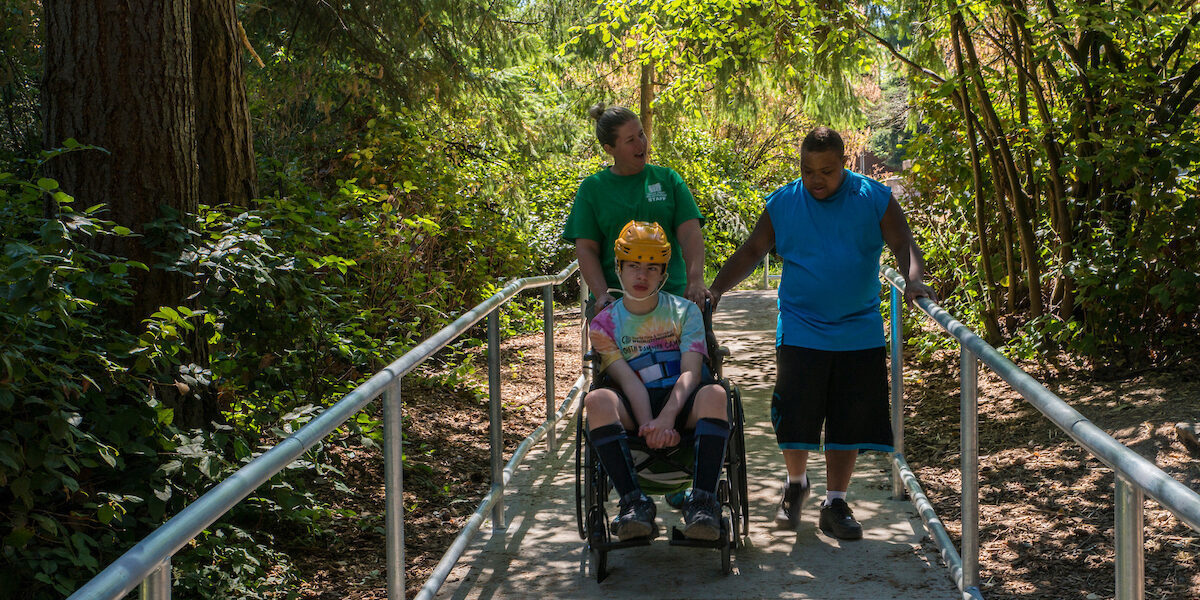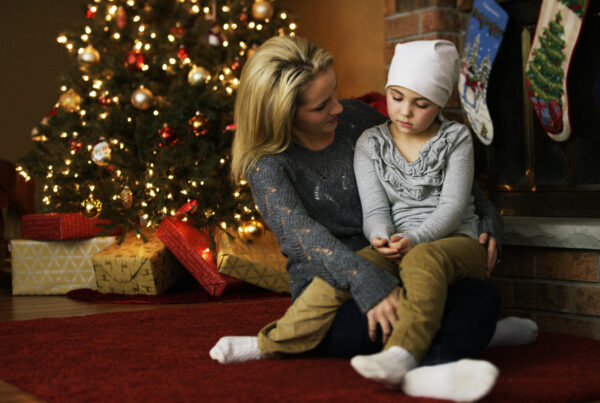Written by: Rashaad Young & Crystal Williams, Ph.D.
When designing a summer camp, goals typically include creating a place where all children are safe, cared for, accepted, and have fun. When most people think of working with children with disabilities, they think of changes that may need to happen for specific children, but designing an inclusive program can benefit all children. But how do you go about designing a summer camp that is inclusive? Here are a few tips!
- Hire staff who have skills and knowledge that will help promote inclusion.
An inclusion coordinator is one possible role that can help direct a camp’s mission to inclusivity. This person can develop and promote the camp’s inclusive values/mission statement, train staff on diversity and inclusion, partner with families to ensure children will receive needed supports, and advocate for changes to the environment/camp policies that will promote inclusion and respect diversity. If the resources are not available to hire a specific staff member in this capacity, a camp director could require staff to have some experience with and knowledge about special education, children with disabilities, culturally responsive practice, etc.
- Ensure the use of a decentralized model for inclusion.
A decentralized model of inclusion means that all staff are responsible for promoting inclusion, rather than just one person/group. All staff and volunteers can welcome and support all campers, instead of only having specially trained people working with individuals with disabilities, dual language learners, etc. This model creates shared responsibility around inclusion and will decrease exclusive practices, such as segregating children based on ability.
- Provide ongoing opportunities for staff development.
To ensure all staff members are equipped to support children with diverse backgrounds and support needs, it is essential that everyone receives ongoing training on developmentally appropriate and recommended practices. This might include yearly intensive summer onboarding, in addition to weekly staff meetings. It is also important that staff development focuses on self-reflection and understanding implicit bias. Staff development might also include training from families of children with disabilities, who can share their lived experiences.
- Develop a plan for preventing and addressing challenging behavior.
Children are likely to engage in behaviors that adults find challenging when at camp; therefore, it is important to prepare for it ahead of time. Some strategies for preventing behaviors include building relationships with all children; modeling and praising positive behavior; having consistent schedules, routines, and expectations; and ensuring the environment is accessible and enriching. Procedures for addressing challenging behavior when it occurs should not be exclusionary, such as time out or sending children home. Instead, procedures can include developing peer mentoring groups, providing sensory breaks and/or choice boards with self-regulation strategies, and convening a team (including the family) to understand the function of the behavior and develop strategies for a specific child.
Remember! Inclusive camps are:
- Positive and welcoming environments for all campers
- Places where positive attitudes toward individual differences are modeled by staff
- Sufficiently staffed with individuals who are intentional in facilitating social inclusion
- Collaborative settings where staff partner with caregivers to learn about each camper’s strengths and interests
- Flexible in scheduling and activities
- Aware of and use preventative strategies to avoid challenging behaviors
These considerations are important, because they support all children, not only those with disabilities. Campers with disabilities deserve to experience an inclusive camp fully and joyfully. With these tips as a priority, all children will enjoy their time at the summer camp and return in the years to come!
Image Credit: Flickr, CC BY 2.0 Deed













